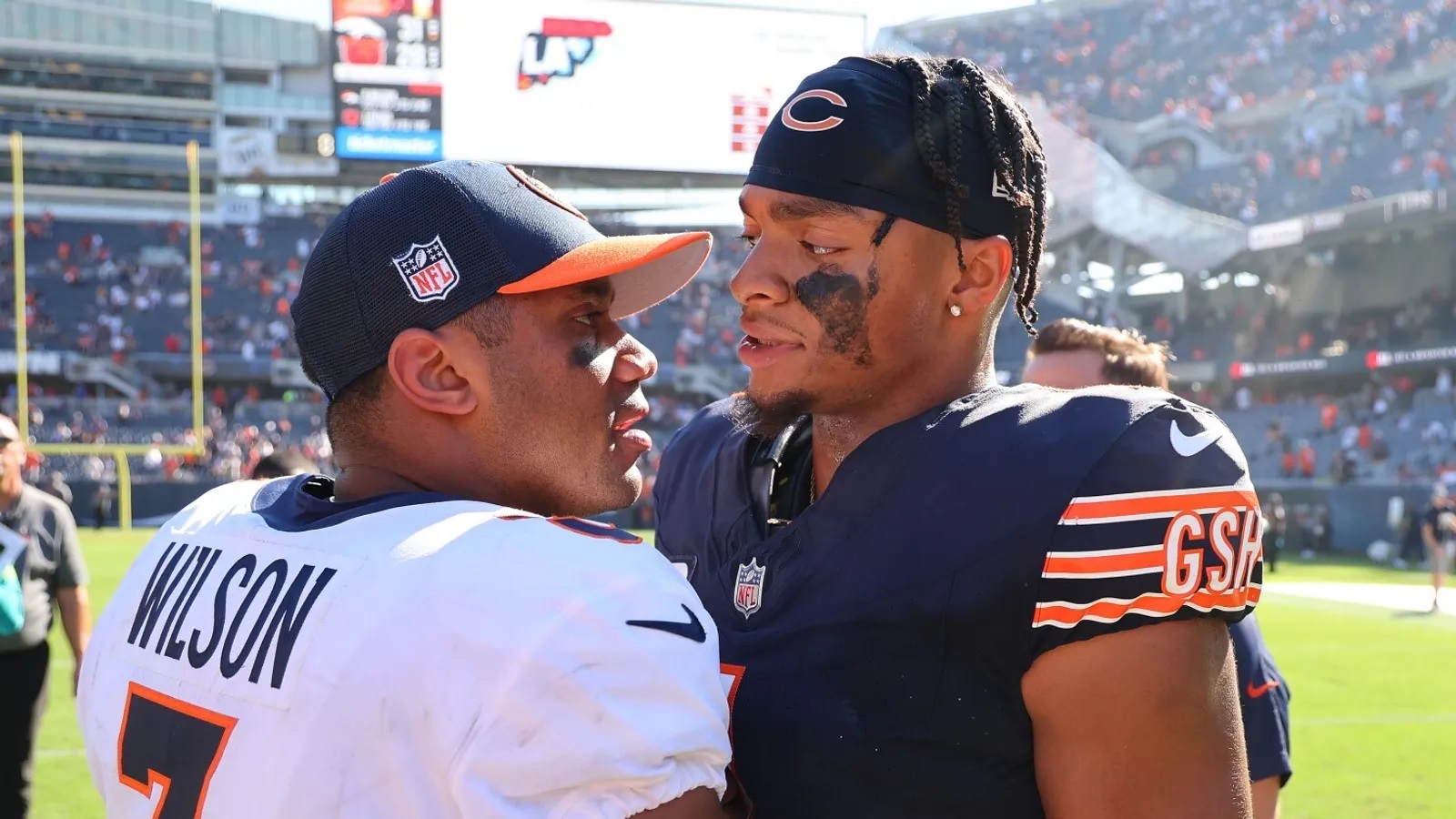Recently, I was “mind-surfing” on my “surf-bored” and decided to “hang ten” on a few topics. One of the questions that provided a huge wave for me to ride was the question as to why there’s always a negative response when a Black quarterback is selected to compete for a spot on the roster of the Pittsburgh Steelers. Now let’s consider the political equivalent of that issue. Why did it take until November 2021 for Pittsburgh to elect Ed Gainey as its first African American mayor? As many real estate professionals will tell you, it’s all about location, location, and finally, location.
Let’s take a look at the racial makeups of the cities and teams that compete in the NFL’s AFC North Division: the Cleveland Browns, the Baltimore Ravens, the Cincinnati Bengals, and the Pittsburgh Steelers. Take a look and determine for yourself what role, if any, that racial composition plays in determining whether a Black quarterback is met with open arms or a brick wall when chosen to play for one of the franchise cities in the AFC North Division. Let’s begin with Cleveland. The United States Census Bureau’s 2020 census reported the following population data. The percentage of African Americans residing in Cleveland is roughly 47.45 percent and the percentage of the White population living there was 32.08 percent. So, is it farfetched to assume that putting aside issues from the private life and maybe the injuries of Cleveland QB Deshaun Watson, an African American athlete that many of the Cleveland fans whose skin may contain a bit more melanin, don’t have as many issues with a Black QB as other segments of the population? Oh, and Cleveland elected its first Black Mayor Carl Stokes on November 7, 1967. Pittsburgh did not elect its first Black Mayor Ed Gainey until November 2021, 57 years after Mayor Stokes took office. Baltimore’s racial composition is: 29.23 percent White, and 61.61 percent are Black or African American. So, it was no big deal when the Ravens drafted QB Lamar Jackson in the first round of the 2018 NFL Draft. The Steelers may draft a running back, fullback, or pocket-back in the first round but a few of the “yinzers” would go stark raving crazy and would send management to hell packing a handbasket, if they even dared to consider drafting a Black quarterback in the first round. Now hear this…Kurt Lidell Schmoke was elected the 47th Mayor of Baltimore, and served from 1987 to 1999, and was the first African American to be elected to the post. Baltimore beat Pittsburgh by electing a Black mayor 37 years before Pittsburgh had the confidence to put a Black man in the first chair and Baltimore is even located below the Mason-Dixon line!
Even Cincinnati, which literally touches the state of Kentucky, directly elected a Black mayor, Mark Mallory, before Pittsburgh. Mallory served from 2005-2013. Cincinnati’s racial population makeup is 50.60 percent White, and 40.29 percent Black or African American.
As for our great city of Pittsburgh, our racial makeup is 65.42 percent White and 22.89 percernt Black.
So why should anyone be surprised when there is generational opposition and negative fallout when a Black athlete, coach, or corporate head receives prominence, more recognition, and more money than their White counterparts? In Pittsburgh, the sports culture may have to “emancipate” itself or the Steel City must experience a significant explosion in the African American population for the participation of Blacks in prominent figures in sports roles and other areas of society in the region to grow and flourish. My final point is, don’t expect to read many positive reviews on the Internet, in the newspapers or hear many free-flowing accolades for them originating from the local television or radio airwaves. Just recently, Steelers’ icon Pro Bowl defensive lineman Cam Heyward called local reporter Gerry Dulac to task for inaccurate reporting on Heyward’s contract dispute. “Just cuz I don’t answer your text, doesn’t mean I don’t communicate with the team. You will not slander my name,” Heyward said.
I am going to get a bit nostalgic now. In 1987, Bruce Hornsby and The Range won the Grammy Award for Best New Artist. The song that propelled them into the spotlight was: “That’s Just The Way It Is, Some Things Never Change.” In the past, I have often wondered what motivated Mr. Hornsby to compose such a powerful musical and social commentary. The following is an excerpt from songfacts.com that includes a quote from Bruce Hornsby himself. “Hornsby grew up in Virginia, which isn’t where you would expect a song about racial and economic tolerance to originate.” He added, “When I was brought up, the vibe I got of Martin Luther King in my town was that he was a real evil man—just the vibe in the air, that he was terrible. And if you grow up in that environment you can’t help but be affected by it a little bit. Luckily, I came from a family that guarded us against that conservatism, but sure, I grew up in the thick of all that bad feeling.”
Unfortunately, many folks weren’t protected from believing, applying, and promoting negative stereotypes when it came to people of color, period. For decades the anti-Black propaganda machine has been fueled by the lie that Black quarterbacks may be physically gifted, but their intellect was and is far below that of White quarterbacks. Dr. Martin Luther King Jr. was evil? Black QBs lack intelligence? I hate to tell you this, but even in 2024, that’s just the way it is, some things never change.
